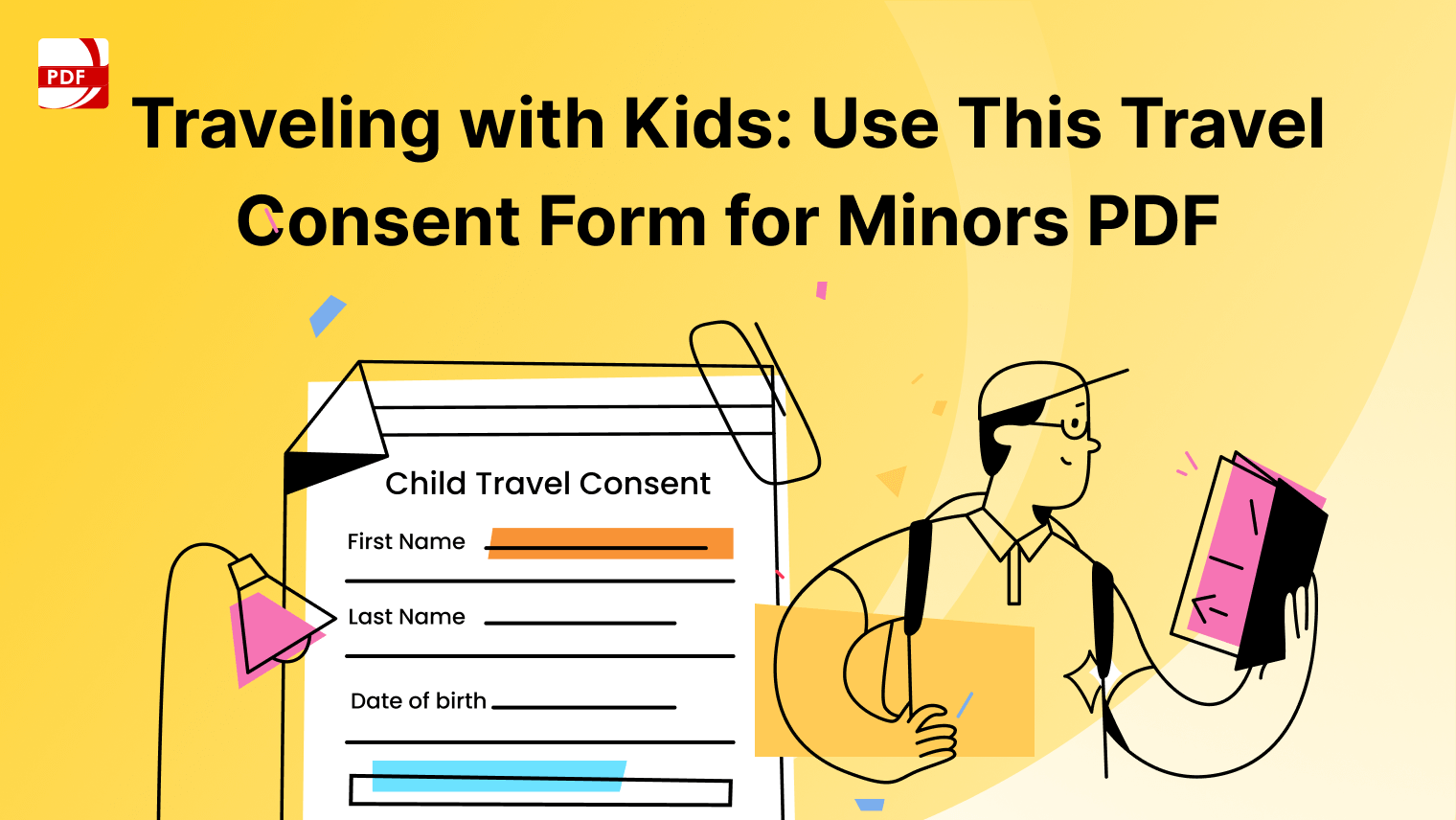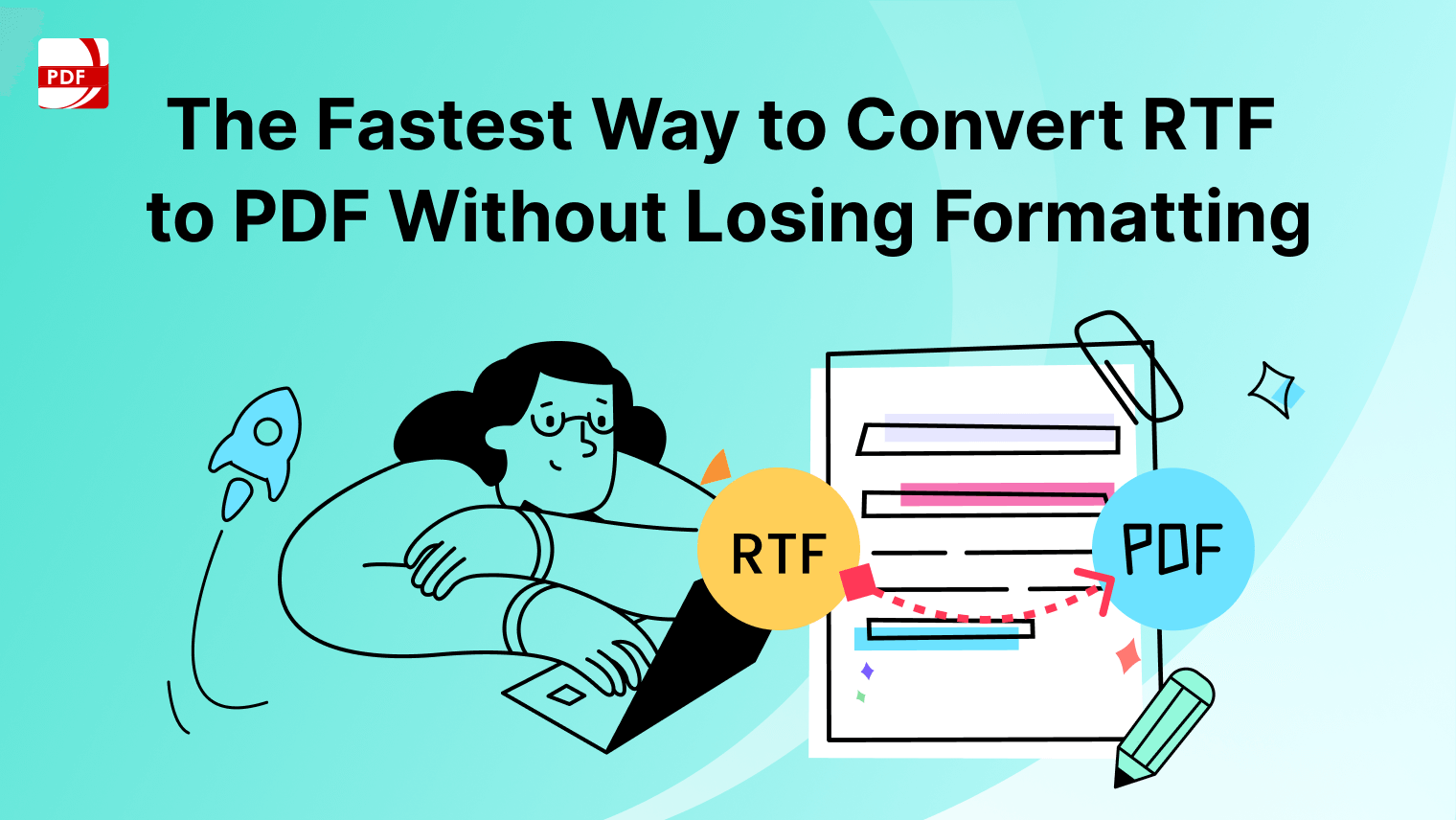One key aspect of this preparation is creating a well-defined buyout agreement. This legal document outlines the terms and conditions under which one partner can buy out another's share in the company.
Understanding Buyout Agreements
Before diving into the specifics, it's crucial to grasp the fundamental concept of buyout agreements. These agreements serve as a protective shield for business owners, establishing a clear framework for potential buyout scenarios. Whether triggered by retirement, disagreement, or unforeseen circumstances, having a well-structured buyout agreement is instrumental in navigating such situations.
Legal Framework
Buyout agreements exist within a broader legal context, often intertwining with operating agreements and partnership agreements. These documents collectively form the backbone of a business's legal structure, defining ownership stakes, decision-making processes, and, importantly, exit strategies.
-
Offer and Acceptance:
- Clearly state the terms under which a buyout can occur.
- Define how the offer to buy or sell shares will be communicated and accepted.
-
Purchase Price:
- Specify the agreed-upon purchase price or provide a formula for its calculation.
- Consider how the valuation of the business and shares will be determined.
-
Payment Terms:
- Outline the payment structure, whether it's a lump sum, installments, or through financing arrangements.
- Define the timeline for payment, including any interest or penalties for delayed payments.
-
Funding Mechanism:
- Detail how the buyout will be funded. Common methods include cash payments, third-party financing, or through the business's profits.
- Detail how the buyout will be funded. Common methods include cash payments, third-party financing, or through the business's profits.
-
Due Diligence:
- Allow a reasonable period for the buyer to conduct due diligence on the business.
- Specify the scope of due diligence activities and the information to be provided.
-
Conditions Precedent:
- Identify any conditions that must be met before the buyout becomes effective.
- This may include regulatory approvals, third-party consents, or the absence of material adverse changes in the business.
-
Representations and Warranties:
- Include statements about the current state of the business, its assets, liabilities, and other relevant factors.
- Provide assurances that the seller has the legal right to sell their shares.
-
Non-Compete and Non-Disclosure Clauses:
- Restrict the selling party from engaging in similar businesses or disclosing confidential information.
- Clearly define the duration and geographic scope of non-compete clauses.
-
Dispute Resolution:
- Specify the mechanism for resolving disputes, whether through arbitration, mediation, or litigation.
- Designate the jurisdiction and venue for legal proceedings.
-
Governing Law:
- Identify the governing law that will apply to the agreement, especially if the parties are located in different jurisdictions.
- Identify the governing law that will apply to the agreement, especially if the parties are located in different jurisdictions.
-
Termination Provisions:
- Outline the circumstances under which the agreement can be terminated by either party.
- Include provisions for default and the consequences of breach.
It's advisable to seek legal counsel when drafting buyout agreements to ensure compliance with local laws and to tailor the agreement to the specific needs and nuances of the business involved.

Explore our Loan Modification Agreement PDF Template to streamline your document preparation process.
Types of Buyout Agreements
Not all buyout agreements are created equal. Two common types include cross-purchase agreements and entity-purchase agreements. The former involves individual business partners buying out the departing partner's share, while the latter sees the business entity itself repurchasing the shares.
The choice between these types often depends on the business's structure and the preferences of its owners.
1. Cross-Purchase Agreement:
-
- Definition: In a cross-purchase agreement, individual business partners or co-owners agree to purchase the departing partner's share of the business.
- How it Works: Let's say a business has three partners: A, B, and C. If Partner A decides to leave the business, Partners B and C will collectively buy out A's shares. Each remaining partner increases their ownership stake proportionally.
- Advantages:
- Simplicity: Straightforward arrangement between remaining partners.
- Control: Remaining partners retain direct control and ownership of the business.
- Definition: In a cross-purchase agreement, individual business partners or co-owners agree to purchase the departing partner's share of the business.
2. Entity-Purchase Agreement (or Stock Redemption Agreement):
-
- Definition: In an entity-purchase agreement, the business entity itself agrees to repurchase the departing owner's shares.
- How it Works: Using the same example, if Partner A leaves, the business entity (the corporation or LLC) buys back A's shares. The remaining owners indirectly increase their ownership stakes as the business itself now owns the shares.
- Advantages:
- Simplified Process: The business entity handles the buyout process.
- Capital Structure: The business has the flexibility to reissue or retire the repurchased shares.
- Definition: In an entity-purchase agreement, the business entity itself agrees to repurchase the departing owner's shares.
Explore our guide on How to Write a Lease Agreement, designed to help you create comprehensive and legally sound documents.
Fill and Download Our Buyout Agreement Template
Here is a sample buyout agreement incorporating buyout terms for you to download and fill out with your details.
How to Download PDF Reader Pro
PDF Reader Pro for is a robust and versatile application designed to meet your PDF file viewing, editing, and annotation needs. With a user-friendly interface and a range of powerful features, it stands out as a comprehensive solution.
The simplest method to getting PDF Reader Pro is to click the download button below:
Explore our Room Rental Agreement PDF Template to simplify drafting your rental documents.
Drafting a Partnership Buyout Agreement
Creating a buyout agreement involves a meticulous process. Here's a step-by-step guide:
1. Collaborative Decision-Making:
- Engage all business partners in the decision-making process.
- Establish transparent communication channels to discuss potential buyout scenarios.
2. Seeking Legal Advice:
- Consult legal professionals specializing in business agreements.
- Address potential legal issues and questions that may arise during the drafting process.
3. Payment Terms and Schedule:
- Clearly define payment terms, whether through lump-sum payments, installment plans, or other structures.
- Establish a detailed payment schedule to avoid ambiguity.
4. Valuation Methods:
- Explore common valuation methods, including financial statements, appraisals, and agreed-upon formulas.
- Consider hiring professional appraisers for an unbiased assessment of the business's value.
5. Ensuring Fairness:
- Define what constitutes a fair price for the buyout.
- Incorporate mechanisms to resolve disputes related to fairness.

FAQs: Buyout Agreements
Have more questions about buyout agreements and how to use them? See our FAQ section below for more.
-
What is a buyout agreement, and why is it important?
A buyout agreement is a legally binding contract that establishes the terms and conditions for the purchase of an ownership interest in a business or asset. It is crucial for businesses with multiple owners as it helps define the process, valuation, and conditions under which one owner can buy out another. This agreement provides a structured framework for potential ownership changes, preventing disputes and ensuring a smooth transition.
-
How is the purchase price determined in a buyout agreement?
The purchase price in a buyout agreement can be determined through various methods, including market value, book value, or a pre-agreed formula. The parties involved typically negotiate and agree upon the valuation method during the creation of the agreement. This ensures a fair and transparent process for determining the value of the ownership interest being bought out.
-
What events or triggers might initiate a buyout?
Buyout agreements often include specific events or triggers that can initiate the buyout process. Common triggers include the death, disability, retirement, or voluntary withdrawal of one of the business owners. These events are carefully defined in the agreement to provide clarity on when and under what circumstances a buyout may occur.
-
Can a buyout agreement include restrictions on the selling party?
Yes, buyout agreements commonly include non-compete and non-disclosure clauses. Non-compete clauses restrict the selling party from engaging in competing business activities after the buyout, helping to protect the interests of the remaining owners. Non-disclosure clauses prevent the selling party from disclosing sensitive business information to competitors, ensuring the confidentiality of proprietary information.
-
What happens if a dispute arises during the buyout process?
Buyout agreements typically outline procedures for dispute resolution. This may involve mediation, arbitration, or other mechanisms to resolve conflicts that may arise between the parties during the buyout process. Clearly defined dispute resolution procedures help prevent legal complications and facilitate a smoother transition of ownership.
Crafting a buyout agreement is an essential aspect of responsible business ownership. By understanding the legal context, exploring different agreement types, and following a systematic drafting process, business partners can ensure a smoother transition during unforeseen circumstances.












 Free Download
Free Download  Free Download
Free Download





 Support Chat
Support Chat